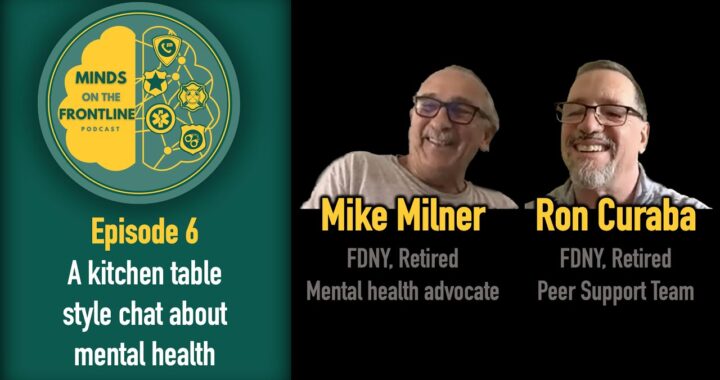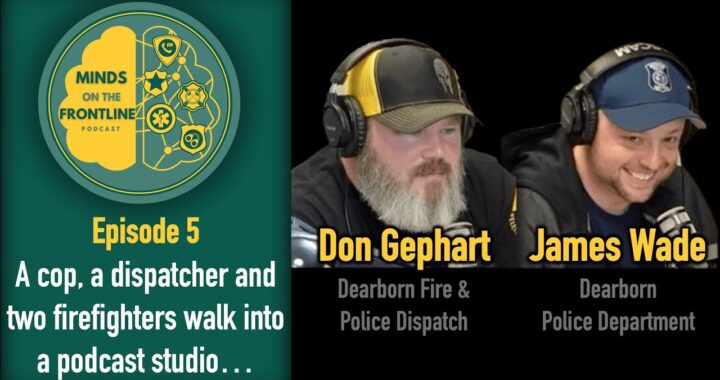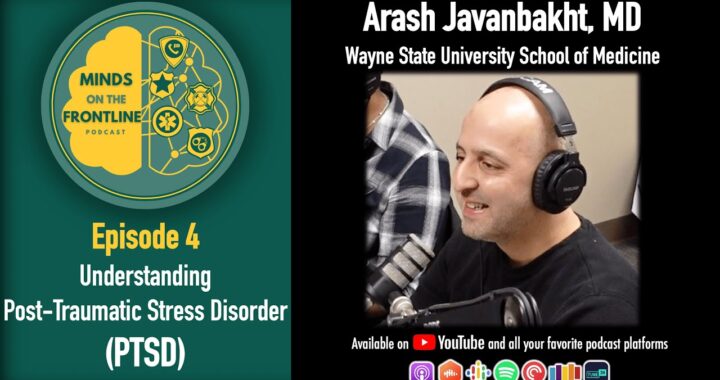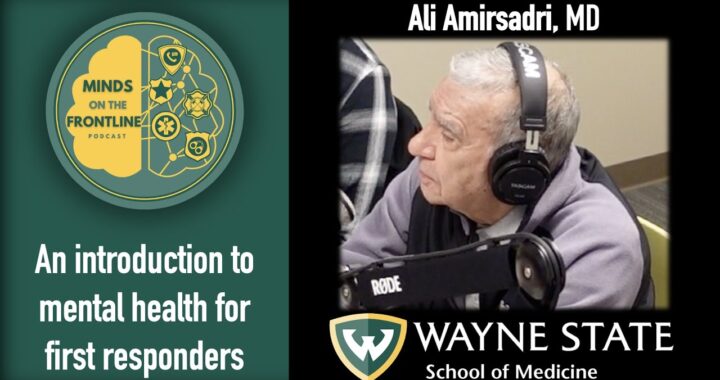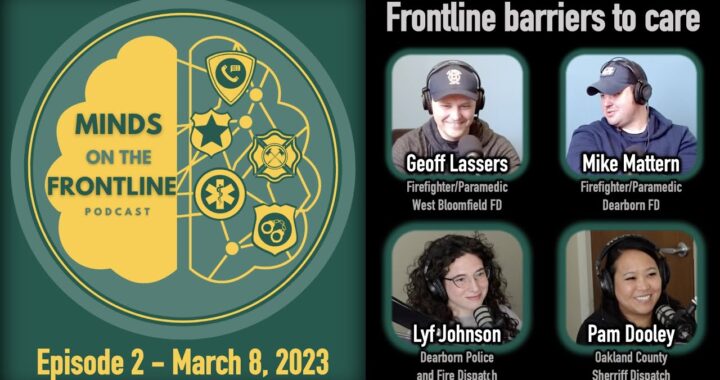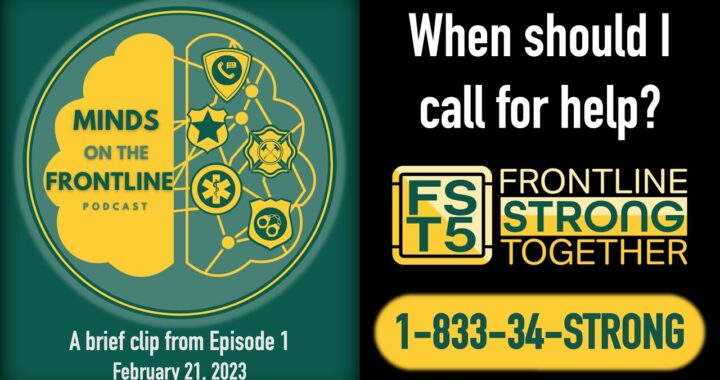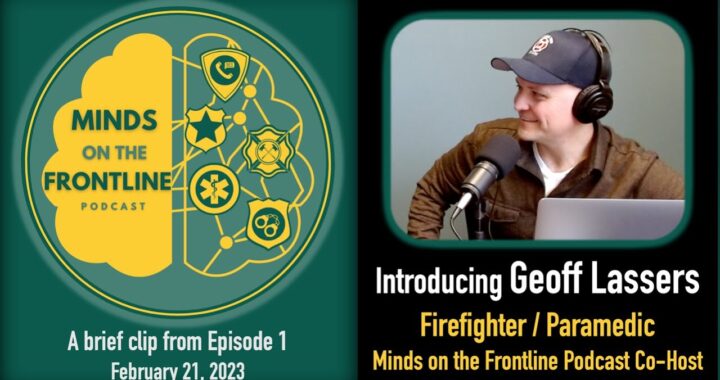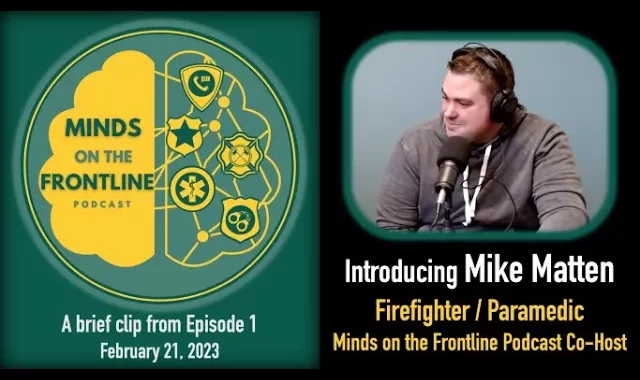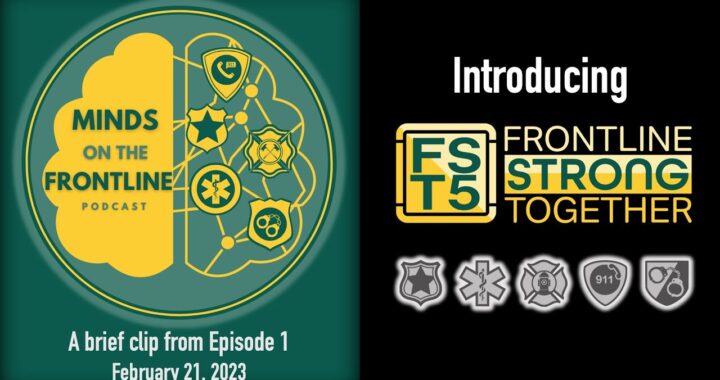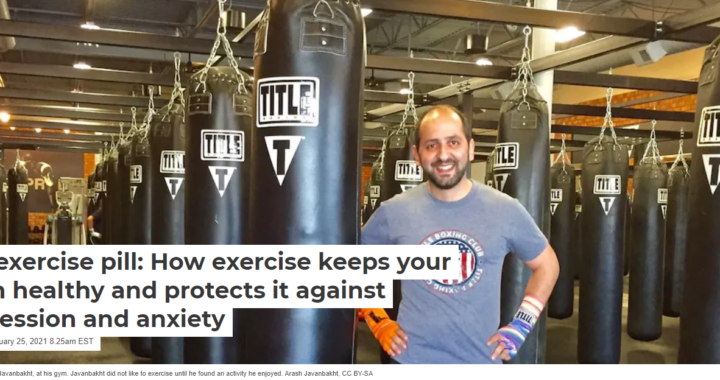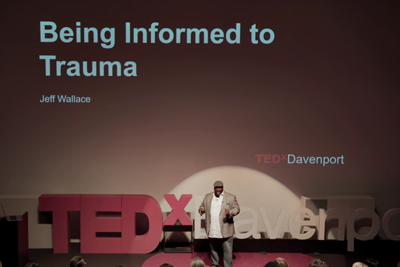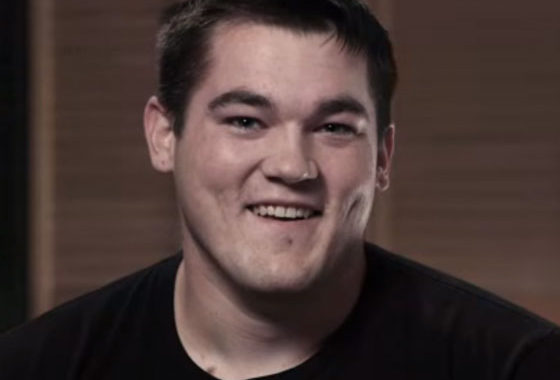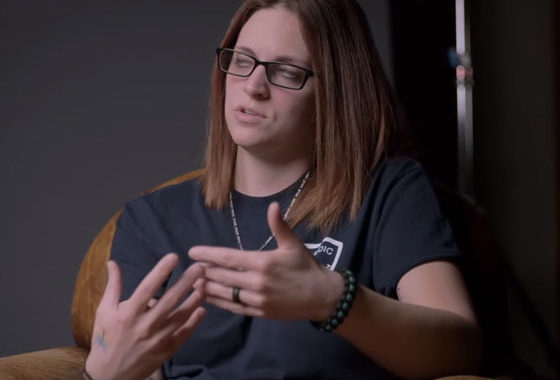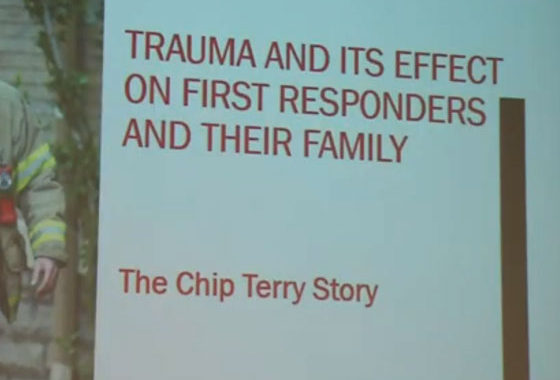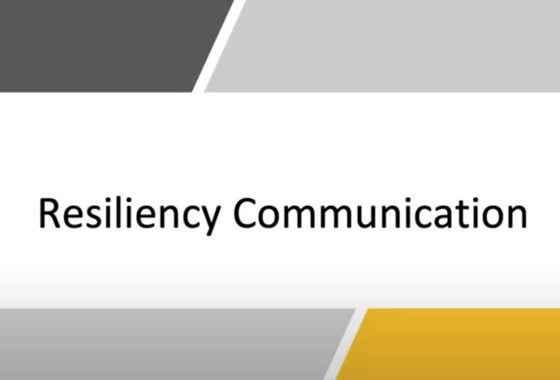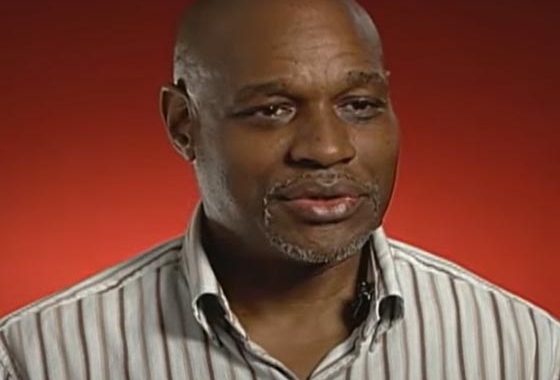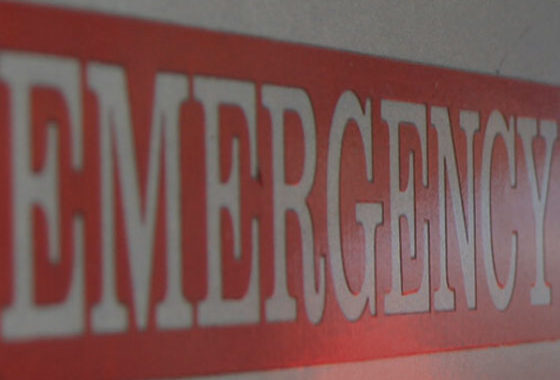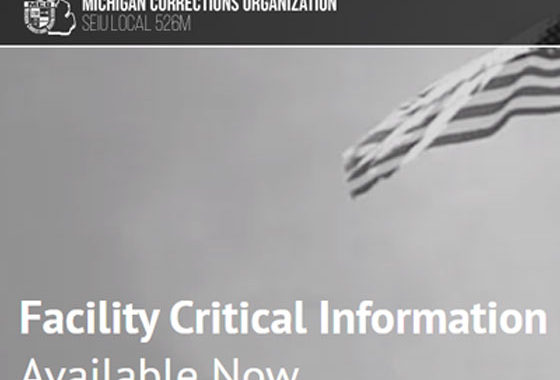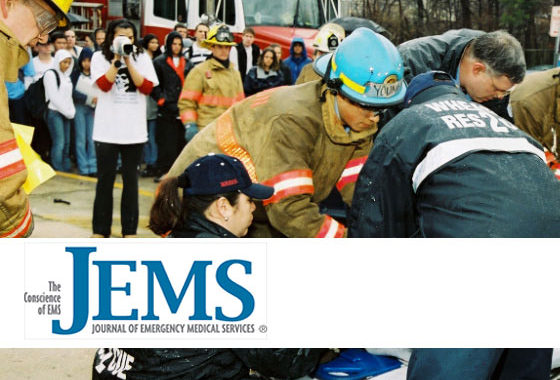Category Archives: EMT/EMS
10 Practical Tips to Effectively Manage a First Responder Schedule

First Responders can maintain work-life balance with the right strategies and outlook
First Responders play a vital role in ensuring the safety and well-being of our communities. Their schedules are demanding, often involving long shifts and unpredictable hours. In today’s world, it can be challenging to find and maintain a healthy work/life balance no matter the occupation. Managing a first responder schedule present even more obstacles (especially during the holidays) but, with the right plan of action and mindset, it’s possible to maintain a healthy work-life balance and excel in this critical profession.
Click the link below to read the 10 recommended tips by The Shelter Foundation:
https://www.theshelterfoundation.org/blog/10-tips-to-effectively-manage-first-responder-schedule
The exercise pill: How exercise keeps your brain healthy and protects it against depression and anxiety
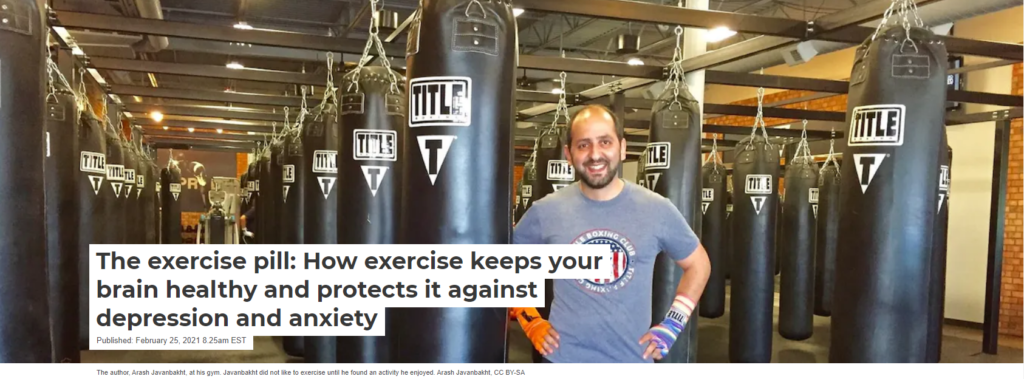
As with many other physicians, recommending physical activity to patients was just a doctor chore for me – until a few years ago. That was because I myself was not very active. Over the years, as I picked up boxing and became more active, I got firsthand experience of positive impacts on my mind. I also started researching the effects of dance and movement therapies on trauma and anxiety in refugee children, and I learned a lot more about the neurobiology of exercise.
I am a psychiatrist and neuroscientist researching the neurobiology of anxiety and how our interventions change the brain. I have begun to think of prescribing exercise as telling patients to take their “exercise pills.” Now knowing the importance of exercising, almost all my patients commit to some level of exercise, and I have seen how it benefits several areas of their life and livelihood.
We all have heard details on how exercise improves musculoskeletal, cardiovascular, metabolic and other aspects of health. What you may not know is how this happens within the brain.
Brain biology and growth
Working out regularly really does change the brain biology, and it is not just “go walk and you will just feel better.” Regular exercise, especially cardio, does change the brain. Contrary to what some may think, the brain is a very plastic organ. Not only are new neuronal connections formed every day, but also new cells are generated in important areas of the brain. One key area is the hippocampus, which is involved in learning and memory and regulating negative emotions.
A molecule called brain-derived neurotrophic factor helps the brain produce neurons, or brain cells. A variety of aerobic and high-intensity interval training exercises significantly increase BDNF levels. There is evidence from animal research that these changes are at epigenetic level, which means these behaviors affect how genes are expressed, leading to changes in the neuronal connections and function.
Moderate exercise also seems to have anti-inflammatory effects, regulating the immune system and excessive inflammation. This is important, given the new insight neuroscience is gaining into the potential role of inflammation in anxiety and depression.
Finally, there is evidence for the positive effects of exercise on the neurotransmitters – brain chemicals that send signals between neurons – dopamine and endorphins. Both of these are involved in positive mood and motivation.
Exercise improves clinical symptoms of anxiety and depression
Researchers also have examined the effects of exercise on measurable brain function and symptoms of depression and anxiety. Exercise improves memory function, cognitive performance and academic achievement. Studies also suggest regular exercise has a moderate effect on depressive symptoms even comparable to psychotherapy. For anxiety disorders, this effect is mild to moderate in reducing anxiety symptoms. In a study that I conducted with others among refugee children, we found a reduction in symptoms of anxiety and PTSD among children who attended eight to 12 weeks of dance and movement therapies.
Exercise could even potentially desensitize people to physical symptoms of anxiety. That is because of the similarity between bodily effects of exercise, specifically high-intensity exercise, and those of anxiety, including shortness of breath, heart palpitation and chest tightness. Also, by reducing baseline heart rate, exercise might lead to signaling of a calmer internal physical environment to the brain.
It is important to note that the majority of studies examined the effects of exercise in isolation and not in combination with other effective treatments of clinical anxiety and depression, such as psychotherapy and medication. For the same reason, I am not suggesting exercise as a replacement for necessary mental health care of depression or anxiety, but as part of it, and for prevention.
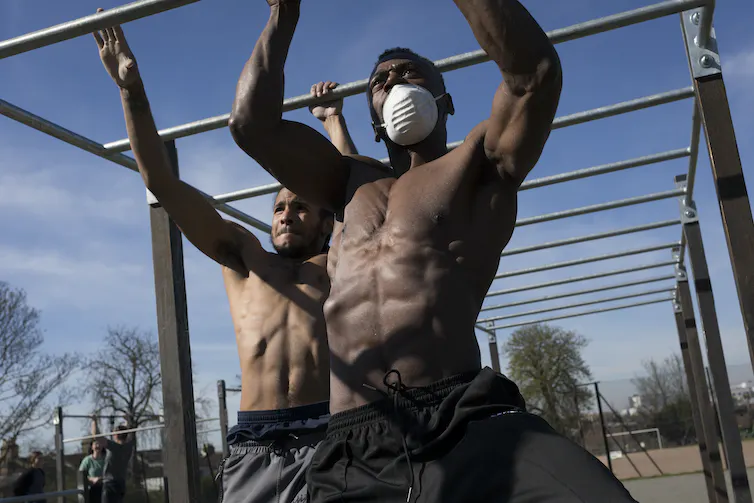
There are other perks besides the neurobiological impacts of exercise. When going out for a walk, one gets more exposure to sunlight, fresh air and nature. One of my patients befriended a neighbor during her regular walks, leading to regular taco Tuesdays with that new friend. I have made some great friends at my boxing gym, who are not only my motivators, but also a great supporting social network. One might pick a dog as their running mate, and another might meet a new date, or enjoy the high energy at the gym. Exercise can also function as a mindfulness practice and a respite from common daily stressors, and from our electronic devices and TV.
By increasing energy and fitness level, exercise can also improve self-image and self-esteem.
[Understand new developments in science, health and technology, each week. Subscribe to The Conversation’s science newsletter.]Practical ways for a busy life
So how can you find time to exercise, especially with all the additional time demands of the pandemic, and the limitations imposed by the pandemic such as limited access to the gyms?
- Pick something you can love. Not all of us have to run on a treadmill (I actually hate it). What works for one person might not work for another. Try a diverse group of activities and see which one you will like more: running, walking, dancing, biking, kayaking, boxing, weights, swimming. You can even rotate between some or make seasonal changes to avoid boredom. It does not even have to be called an exercise. Whatever ups your heartbeat, even dancing with the TV ads or playing with the kids.
- Use positive peer pressure to your advantage. I have created a group messaging for the boxing gym because at 5:30 p.m., after a busy day at the clinic, I might have trouble finding the motivation to go to the gym or do an online workout. It is easier when friends send a message they are going and motivate you. And even if you do not feel comfortable going to a gym during the pandemic, you can join an online workout together.
- Do not see it as all or none. It does not have to be a one-hour drive to and from the gym or biking trail for a one-hour workout vs. staying on the couch. I always say to my patients: “One more step is better than none, and three squats are better than no squats.” When less motivated, or in the beginning, just be nice to yourself. Do as much as possible. Three minutes of dancing with your favorite music still counts.
- Merge it with other activities: 15 minutes of walking while on the phone with a friend, even around the house, is still being active.
- When hesitant or low on motivation, ask yourself: “When was the last time I regretted doing it?”
- Although it can help, exercise is not the ultimate weight loss strategy; diet is. One large brownie might be more calories than one hour of running. Don’t give up on exercise if you are not losing weight. It is still providing all the benefits we discussed.
Even if you do not feel anxious or depressed, still take the exercise pills. Use them for protecting your brain.
Exercise to reduce anxiety and depression
Arash Javanbakht, M.D., is a psychiatrist and associate professor at Wayne State University. He serves as the director of the Stress, Trauma, and Anxiety Research Clinic (STARC). His clinical work is mainly focused on anxiety and trauma related disorders, and PTSD in civilians, first responders, law enforcement, and refugees and victims of torture and human trafficking. His clinic utilizes pharmacotherapy (medication), psychotherapy, exercise, and lifestyle modification to help patients achieve their full capacity for a fulfilling life.
His research is also focused on anxiety disorders and trauma. Several research studies at the STARC examine the impact of exposure to war trauma in adults and children Syrian and Iraqi refugees in the US, and biological and psychological factors of risk and resilience. This research examines genetic, environmental, and inflammation correlates of trauma as well. Also, use of art, dance and movement, and yoga and mindfulness in helping refugee families overcome stress.
STARC also researches neurobiology of psychotherapy, and utilization of augmented reality and telemedicine technologies for providing in vivo treatment for anxiety disorders and PTSD. Dr Javanbakht has a special interest in the “personal meaning” of trauma: how does personal interpretation of a traumatic experience affect the way an individual is affected by it.
Dr Javanbakht’s work has been frequently featured on the CNN, Aljazeera, NPR, Washington Post, Smithsonian, PBS, American Psychiatric Association Press Briefing, Anxiety and Depression Association of America, American Academy of Child and Adolescent Psychiatry, and tens of other media outlets.
Coming Home from a Rough Day
John, a first responder, comes home from an intense and difficult shift. It has been a frustrating and emotional day for him.
John’s wife, Julie, has been home without speaking to anyone on the phone or in-person all day. She feels cooped up. She is used to hearing from John at least once during his shift.
Getting Help for Mental Health

About one in five Americans live with a mental health condition. If you or someone you know is struggling, it’s important to know that help is available.
Your mental health matters
Mental health is your overall mental well-being. It’s shaped by your life experiences, relationships, physical health, family health history, and environment.
Mental illnesses, including depression, anxiety, and post-traumatic stress disorder, can affect how you feel and think and can make it hard to complete everyday tasks. If you’re dealing with mental health issues or illness, you are not alone.
Being Informed to Trauma
Behavior can be a result of past experiences, and knowing a person’s past can help you better engage with those who have experienced trauma.
Logan: Addiction
Young vetern talks about overcoming addiction and a destructive lifestyle through allowing another vetern to positively speak into his life.
EMS- Depression and Anxiety
Paramedic Depression & Anxiety Recovery | First Responder Mental Health
A Widow’s Story
After husband’s suicide, a firefighter’s widow talks mental health with first responders
Mental Health and Resilience
First Responder Mental Health & Resilience Communication
LAID OFF AT 50
Man shares story of experience of being laid off at age 50 and how laughter and his desired legacy helped him find new direction.

